Search
Search Results
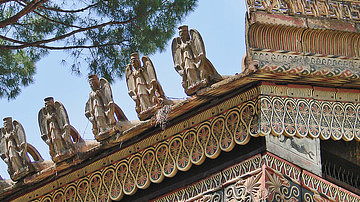
Definition
Etruscan Architecture
The architecture of the Etruscan civilization, which flourished in central Italy from the 8th to 3rd century BCE, has largely been obliterated both by the conquering Romans and time, but the very influence of the Etruscans on Roman architecture...
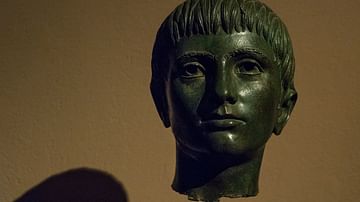
Article
Etruscan Bronze Sculpture
The Etruscans produced bronze goods going back to the Villanovan period (1100-750 BCE) and used the material for all manner of objects, but it is their figure sculptures which have become some of the star attractions in museums worldwide...
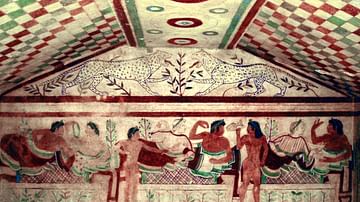
Article
Etruscan Banquets
The Etruscans, who flourished in central Italy between the 8th and 3rd century BCE, were noted in antiquity for their sumptuous banquets, drinking parties, and general easy-living. Although such pleasures were probably restricted to the wealthy...
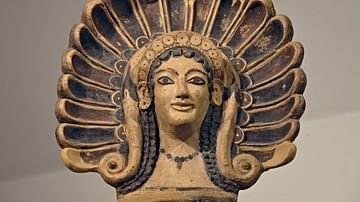
Definition
Etruscan Pottery
Etruscan pottery, produced over five centuries, was nothing if not varied. Indigenous wares such as the glossy black bucchero were made alongside red- and black-figure pottery imitating, yet modifying those produced in the Greek world. Geometric...
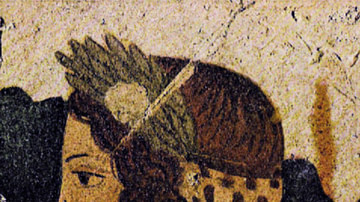
Article
Etruscan Tomb Paintings
The Etruscans flourished in central Italy from the 8th to 3rd century BCE, and one of their greatest legacies is the beautifully painted tombs found in many of their important towns. Tarquinia, Cerveteri, Chiusi, and Vulci, in particular...
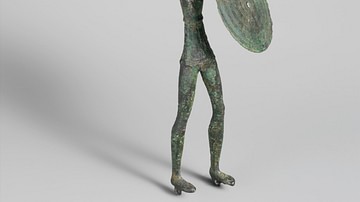
Definition
Etruscan Warfare
The Etruscan civilization, which flourished in central Italy from the 8th to 3rd century BCE, gained a reputation in antiquity for being party-loving pushovers when it came to warfare, but the reality is somewhat different. History being...
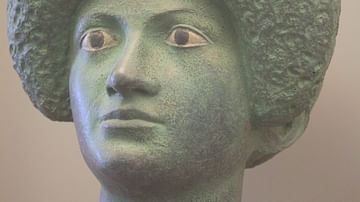
Definition
Roman Art
The Romans controlled such a vast empire for so long a period that a summary of the art produced in that time can only be a brief and selective one. Perhaps, though, the greatest points of distinction for Roman art are its very diversity...
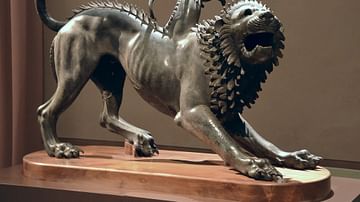
Article
Chimera of Arezzo
The Chimera of Arezzo is a bronze statue sculpted by the Etruscans of northern and central Italy during the 5th-4th century BCE. The creature is the fire-breathing monster from Greek mythology which has the head of a lion, tail of a snake...
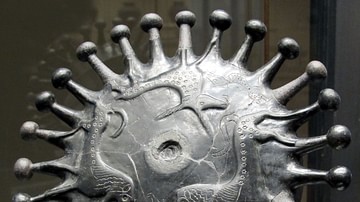
Definition
Bucchero
Bucchero wares are a shiny dark grey to black pottery produced by the Etruscans of central Italy from the 7th to 4th century BCE. Used for everyday purposes and as funerary and votive objects, bucchero incorporates many forms from simple...
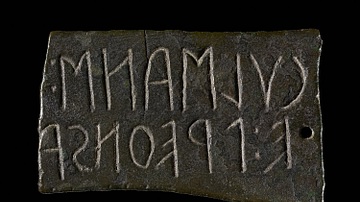
Definition
Etruscan Language
The language of the Etruscans, like the people themselves, has remained somewhat mysterious and has yet to be fully understood. The alphabet used a western Greek script, but the language has presented difficulties to scholars because it is...